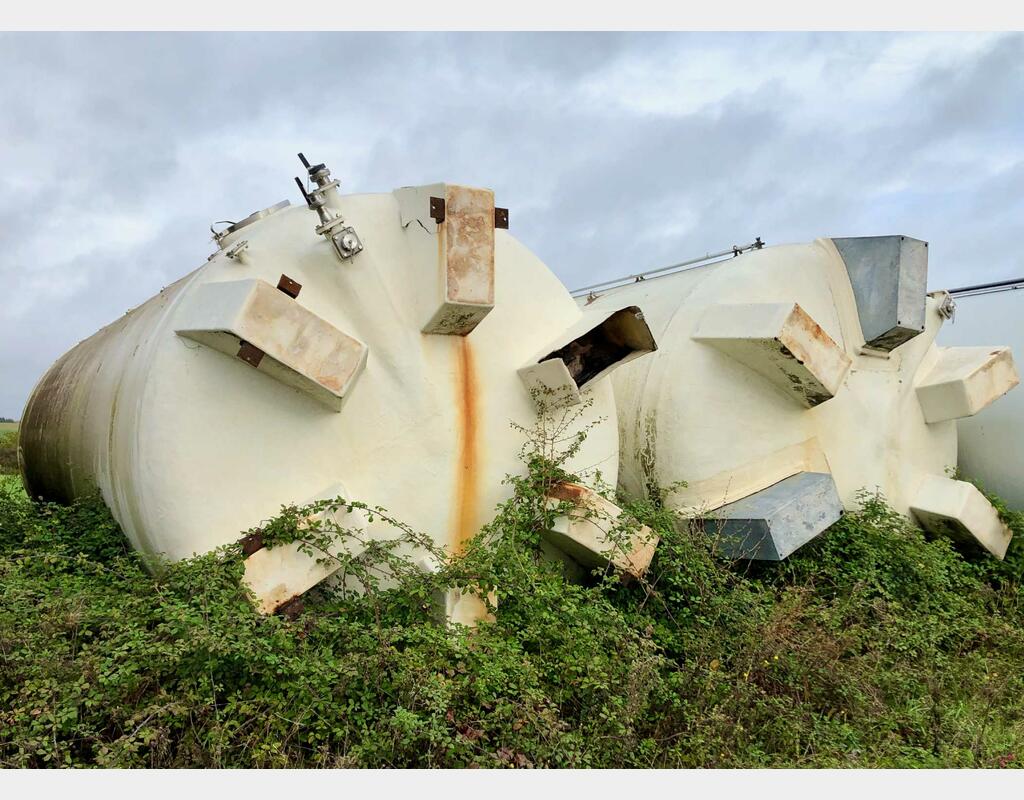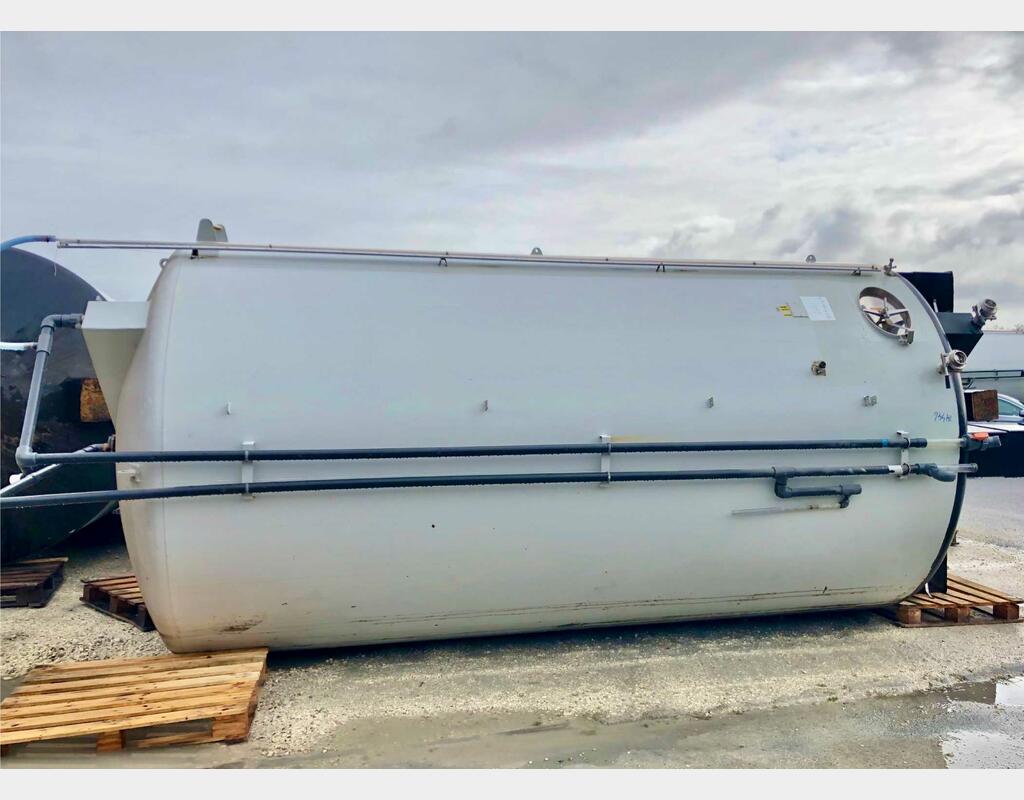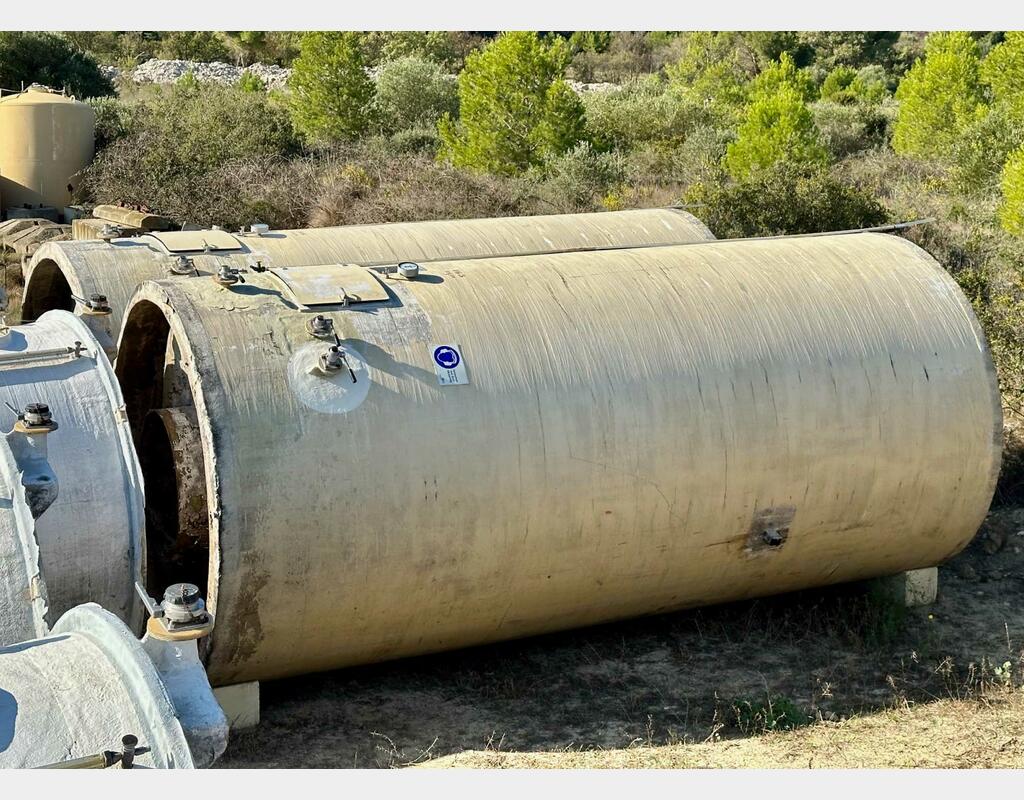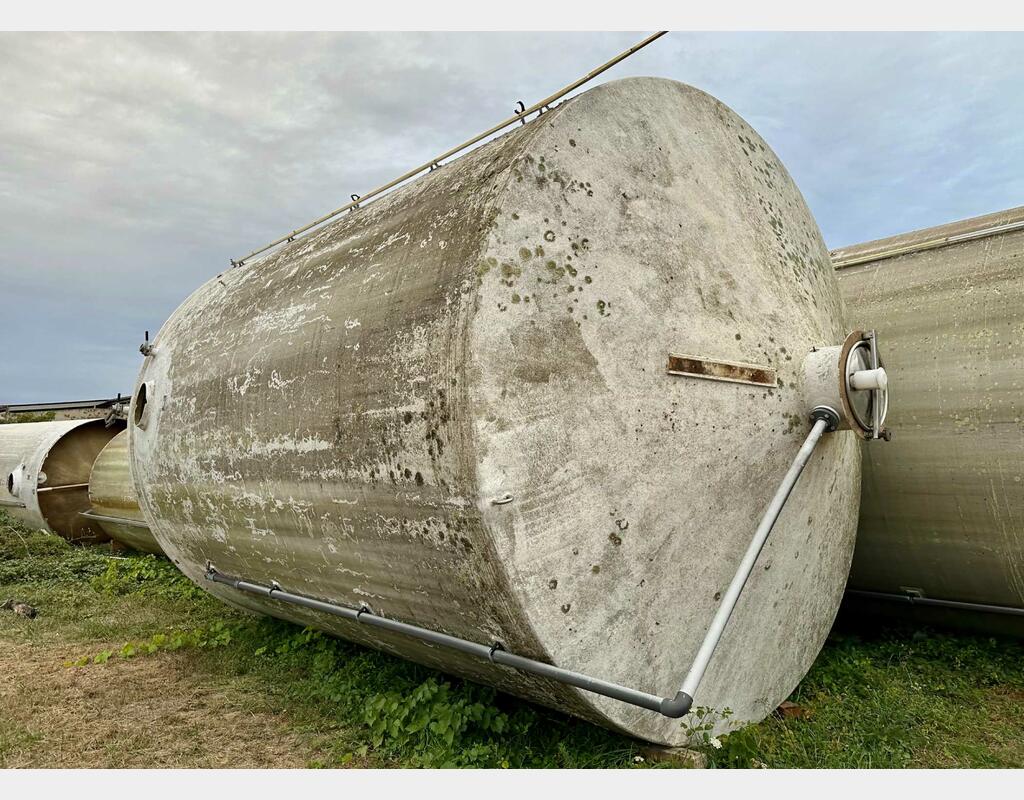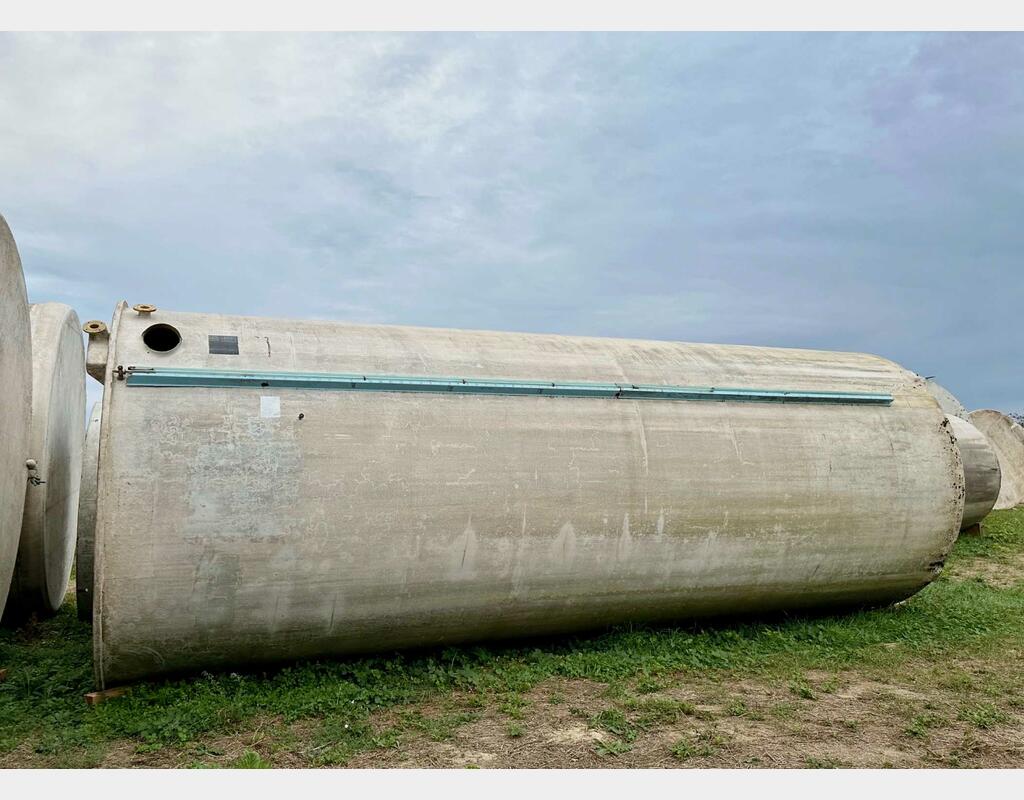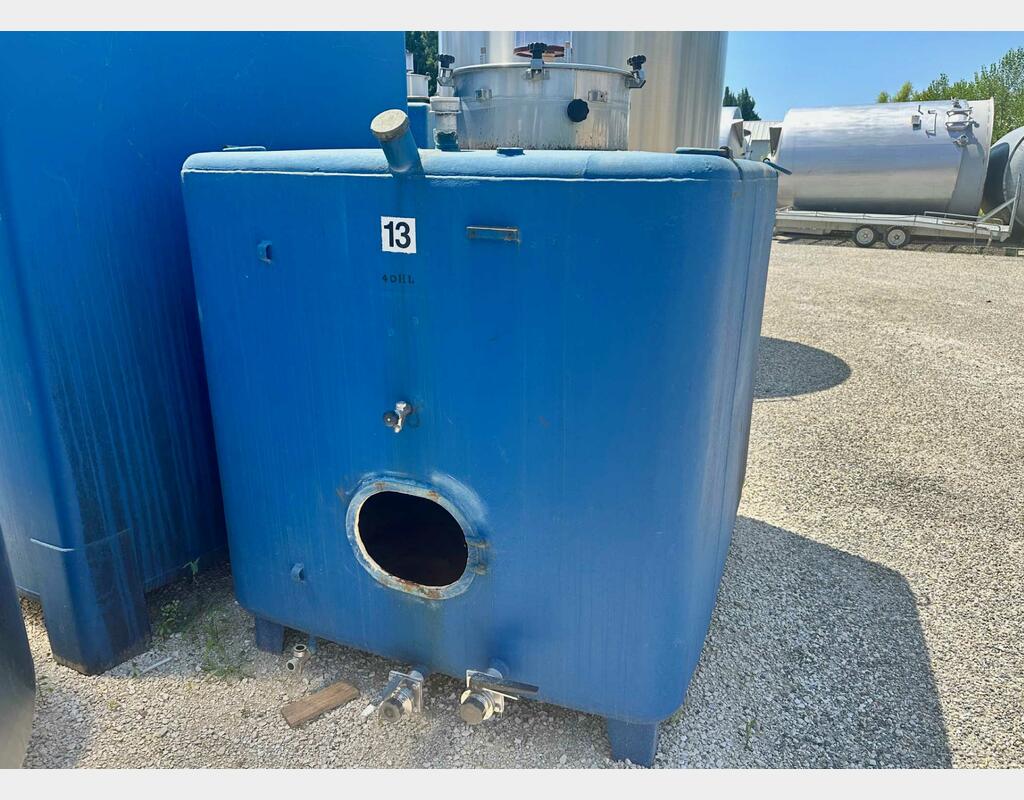Water recuperator
Tanks for rainwater harvesting and storage
Water harvesting, storage & treatment, all capacities.
Rainwater harvesting addresses the challenges of reducing drinking water consumption, ensuring business continuity and resilience in the face of droughts. Storage tanks (epoxy/enamelled steel, 304/316L stainless steel, polyester/GRP) are suitable for large volumes, above ground or underground, with options for pre-treatment, pumping, booster, level gauge and anti-return safety device. The page includes sizing guidelines, authorised uses and key regulatory requirements, with direct access to new and used stock.



